Affiliate links on Android Authority may earn us a commission. Learn more.
iPad Pro M4 (2024) vs iPad Pro M2 (2022): What's the difference and should you upgrade?
Published onNovember 4, 2024


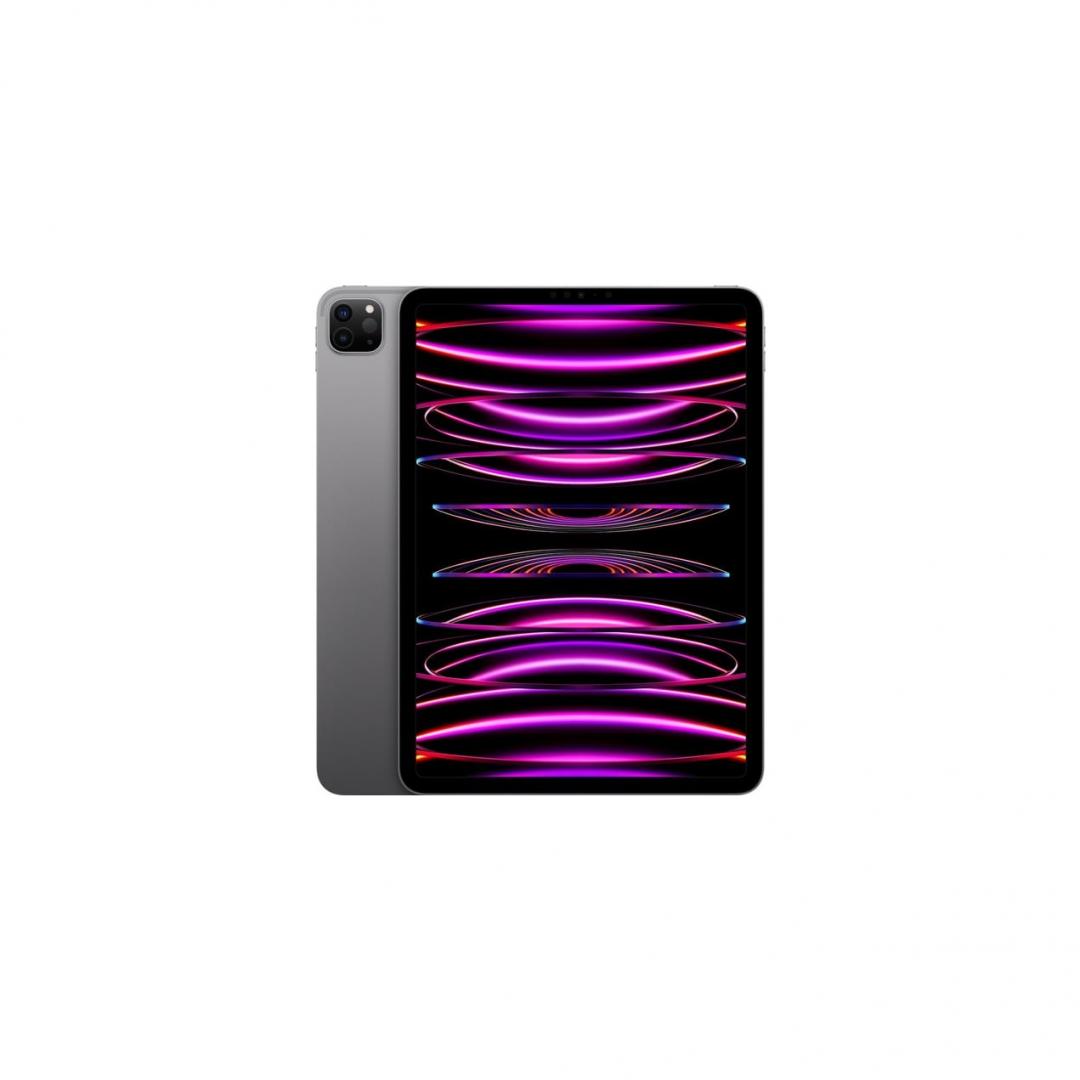

Apple’s iPad Pro (2024) is a beast, complete with an upgraded display, faster chipset, and thinner design. After living with the device for a while now, one question has stuck with me: Is it finally time to upgrade? If you own an iPad Pro 2022, 2020, or even the 2018 model, this guide is for you.
Apple iPad Pro (2024) vs iPad Pro (2022): At a glance
- The iPad Pro (2024) is considerably thinner than its predecessors.
- The iPad Pro (2024) also includes the M4 chipset with better cooling.
- Up front, the iPad Pro (2024) also includes an upgraded OLED display.
- The base iPad Pro (2024) now offers double the base storage of its predecessor.
- Only the iPad Pro (2022) includes a 128GB storage option.
Apple iPad Pro (2024) vs iPad Pro (2022): Specs

Apple has consistently delivered impressive hardware for its iPad Pro series. I purchased a 2018 iPad Pro back in its release year, and it has served me well with minimal issues. The subsequent years saw incremental upgrades, introducing the M-series chips with the M1 iPad Pro and M2 iPad Pro, and a microLED display for the 12.9-inch model. However, these felt like half-steps, especially since the micro LED was exclusive to the larger model, bridging the gap between LCD and OLED. This time, significant changes make the new iPad Pro intriguing for both upgrades and first-time buyers, albeit with some familiar caveats.
As a videographer, a great display on a device I already admire is a delight.
As a videographer, a great display on a device I already admire is a delight. The OLED display on the iPad Pro (2024) is, without a doubt, the most impressive I’ve seen. Achieving 1,000 nits full screen is remarkable, especially since most OLED TVs fall well short of this. This display really stands out across the entire color spectrum, too. The colors are spectacularly bright and well-saturated, and the out-of-the-box experience is top-notch.
You can really see the difference when placing the LCD-clad 2018 model alongside the 2022 microLED device, and Apple’s latest OLED panel side-by-side. The new screen offers better brightness and blacks, and HDR content looks particularly great. It’s a joy to use for anything from photo and video editing to gaming and media consumption.
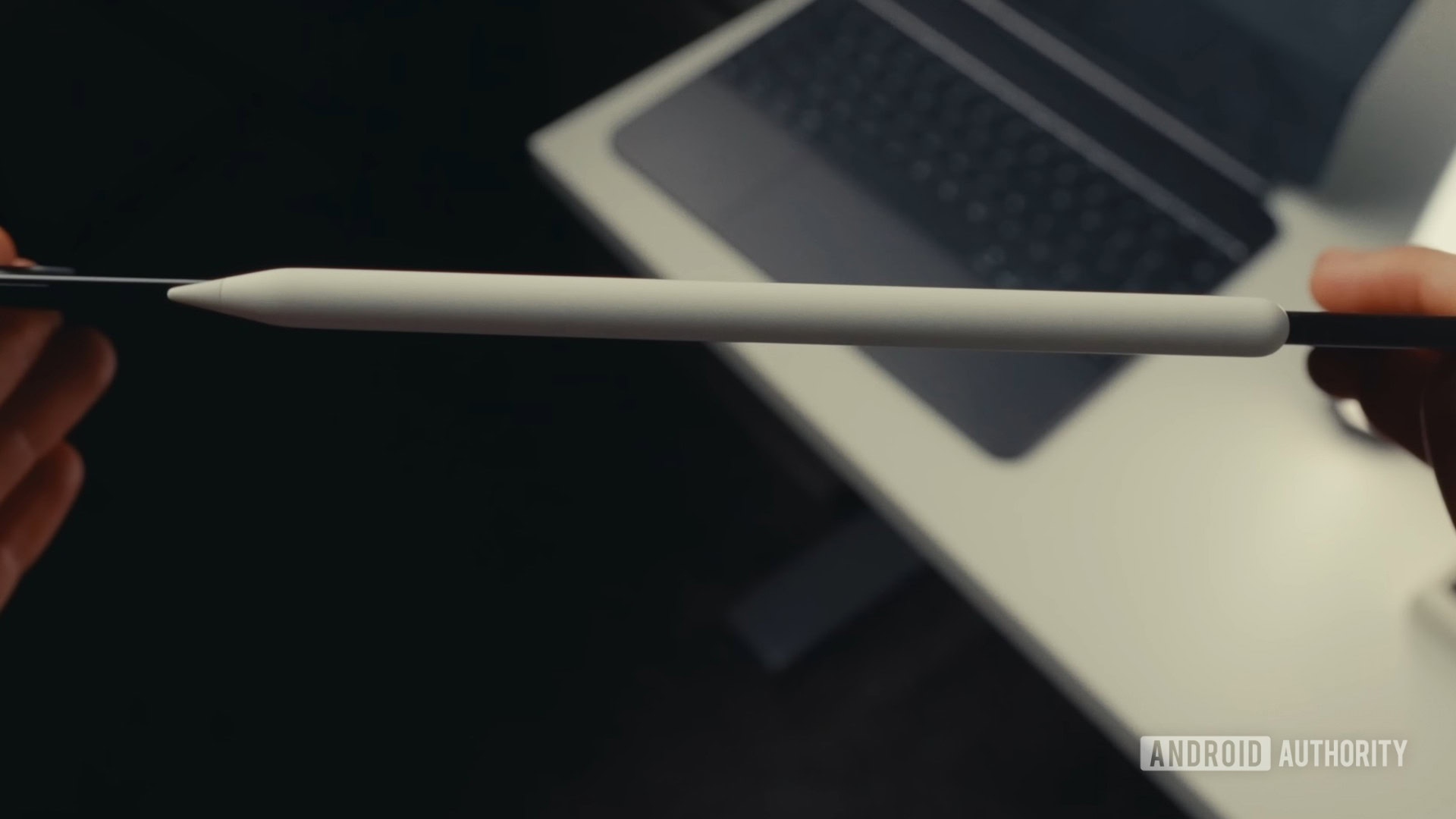
The OLED screen is available in 11- and 13-inch models, a welcome change over the iPad Pro (2022), which reserved its mini LED display exclusively for the larger model (the 11-inch version was stuck with a retina panel).
Both models feature the new M4 chip, which is incredibly fast and efficient. However, only the 1TB and 2TB storage models boast the best version of the M4 with 10 cores and 16GB of RAM. The 256GB and 512GB models have nine cores and 8GB of RAM. While the difference in CPU performance is negligible for most users, the lower RAM capacity could impact the device’s usefulness in the future.
The gulf between M-series chips is also subtle. While the M4 is definitely faster, the M2 in my 2018 model isn’t a slouch. You’ll notice improved render times and smoother timelines for pro workloads like video editing. However, the specs aren’t the primary selling point for most users when choosing a new iPad Pro.
The OLED display on the iPad Pro (2024) is, without a doubt, the most impressive I've seen.
What is notable on the M4 is the neural engine. It’s the best on any Apple device, enhancing machine learning tasks. As Apple integrates more AI features into iPadOS, this device will handle tasks swiftly. The M4 neural engine performs 38 trillion operations per second, significantly outpacing the iPhone 15 Pros and previous iPads. This performance difference could determine whether tasks are done locally or require cloud processing.
To keep the new chipset cool, Apple has infused copper into the Apple logo. Previously, using the device while charging would warm the chassis, but now heat dissipates more efficiently, benefiting performance and battery health.
Speaking of the battery, the iPad Pro (2024) lasts as long as previous iPads, and I had no issues using it for an entire workday with multiple long video calls and eight hours of screen on with very high brightness. After this stint, I still had 35% battery remaining at the very end. The idle usage is still top-tier, though. Nominally, the 2024 model does offer a marginally smaller capacity compared to the iPad Pro (2022), coming in at 10,290mAh versus 10,758mAh.
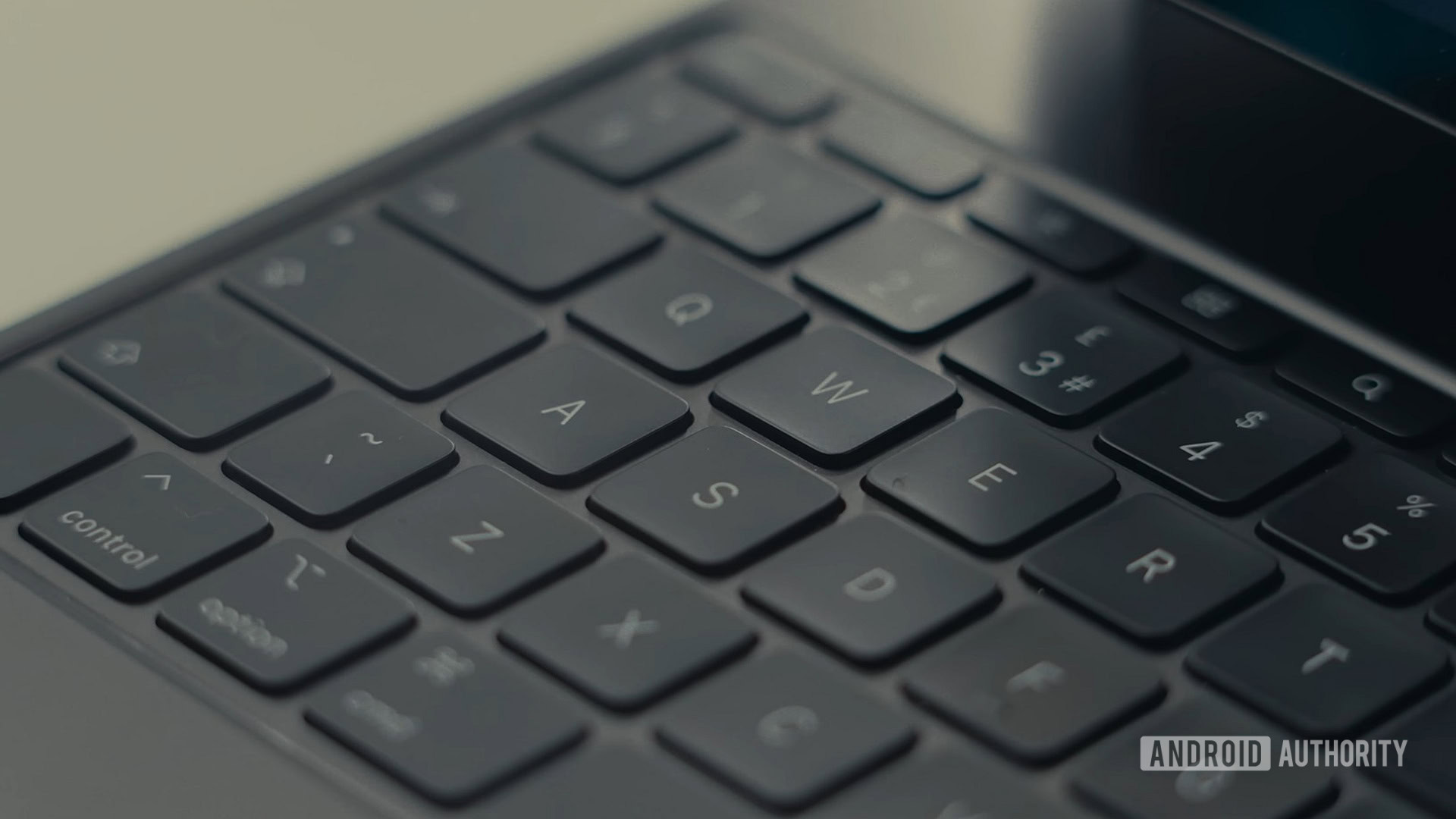
I’ve also been using the Apple Pencil Pro and the Magic Keyboard paired with everything, and I mean, they are all marked improvements from the previous generation. If you were looking to bring your old Apple Pencil and keyboard across from your previous device, you can’t. The Apple Pencil Pro is exclusive to the M4 iPad, and the new Magic Keyboard is exclusive to the M4 iPad as well. It’s a ridiculous situation.
Nevertheless, the new Pencil Pro is a good product. The new haptic feedback and barrel roll features are well integrated, and you even get a fake software shadow that perfectly matches the tool you’re using it. It also shows the rotation of the said tool in real-time, which is surprisingly useful. It really feels like a marked improvement.
If you were looking to bring your old Apple Pencil and keyboard across from your previous device, you can't.
As for the Magic Keyboard, it really shouldn’t be as expensive as it is. For $300, you get a solid piece of aluminum with a soft covering on the outside that works beautifully with the iPad. It also includes properly sized keys on the 13-inch model, a function row, a large trackpad with haptic feedback similar to what you would find on a Mac, and a proper charging port that supports 35W. This is an improvement from the M2 iPad and all previous iPads with the Magic Keyboard integration.
Other small changes that I also noticed include the improved quality of the speakers. They’re definitely less bassy than previous iPad Pros. In some circumstances, I prefer the soundstage that they create for certain tracks, but the bass is definitely reduced, probably thanks to the slimmer design.
Apple iPad Pro (2024) vs iPad Pro (2022): Design and colors
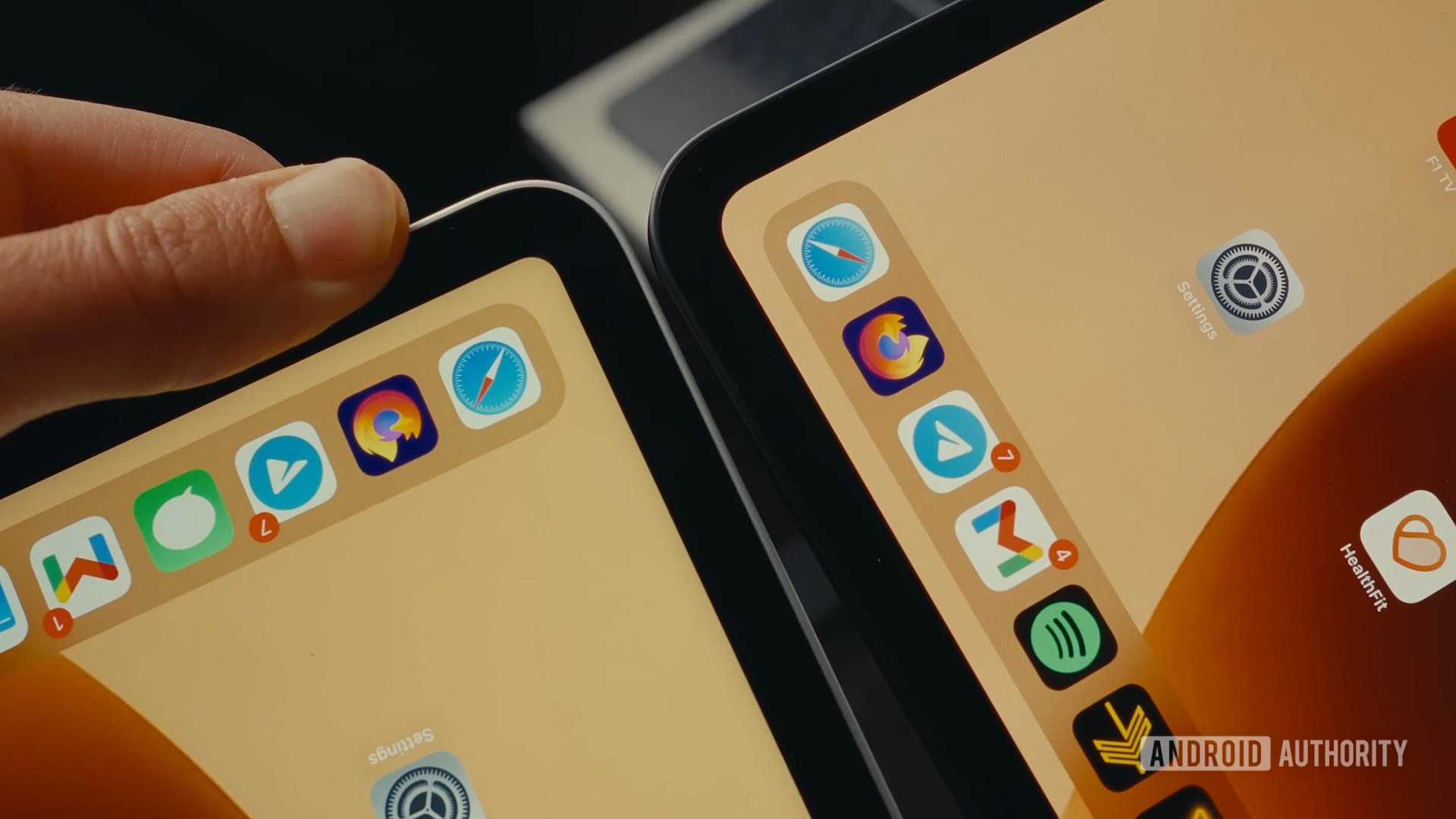
The new iPad Pro (2024) offers a noticeably thinner design than its predecessors, coming in at just 5.1mm. While I’m not a fan of the compromises thinness brings, the reduced weight is significant. Holding the 12.9-inch model feels less cumbersome, and the slim design is visually striking. Taking notes while holding it feels less of an effort, and the impossibly slim design makes this device look like something that shouldn’t be possible. Apple has also reinforced the middle of the chassis, making it far more resistant to forceful bending attempts.
I also noticed some interesting details about the display. For starters, the corners are slightly more rounded, and the coating on the glass looks very similar to the anti-reflective coating on the Samsung S24 Ultra, making outdoor usage even better. However, with a similar trade-off I’ve experienced with the Galaxy S24 Ultra, if the light hits the screen just the right way from the side, the blacks will look slightly grayish, reducing the perceived contrast in some scenarios. Keep in mind that this uses a regular screen coating and not nanotexture, which is exclusive to the 1TB and 2TB models.
The iPad Pro (2024) is available in two colors: Space Black and Silver.
Apple iPad Pro (2024) vs iPad Pro (2022): Cameras
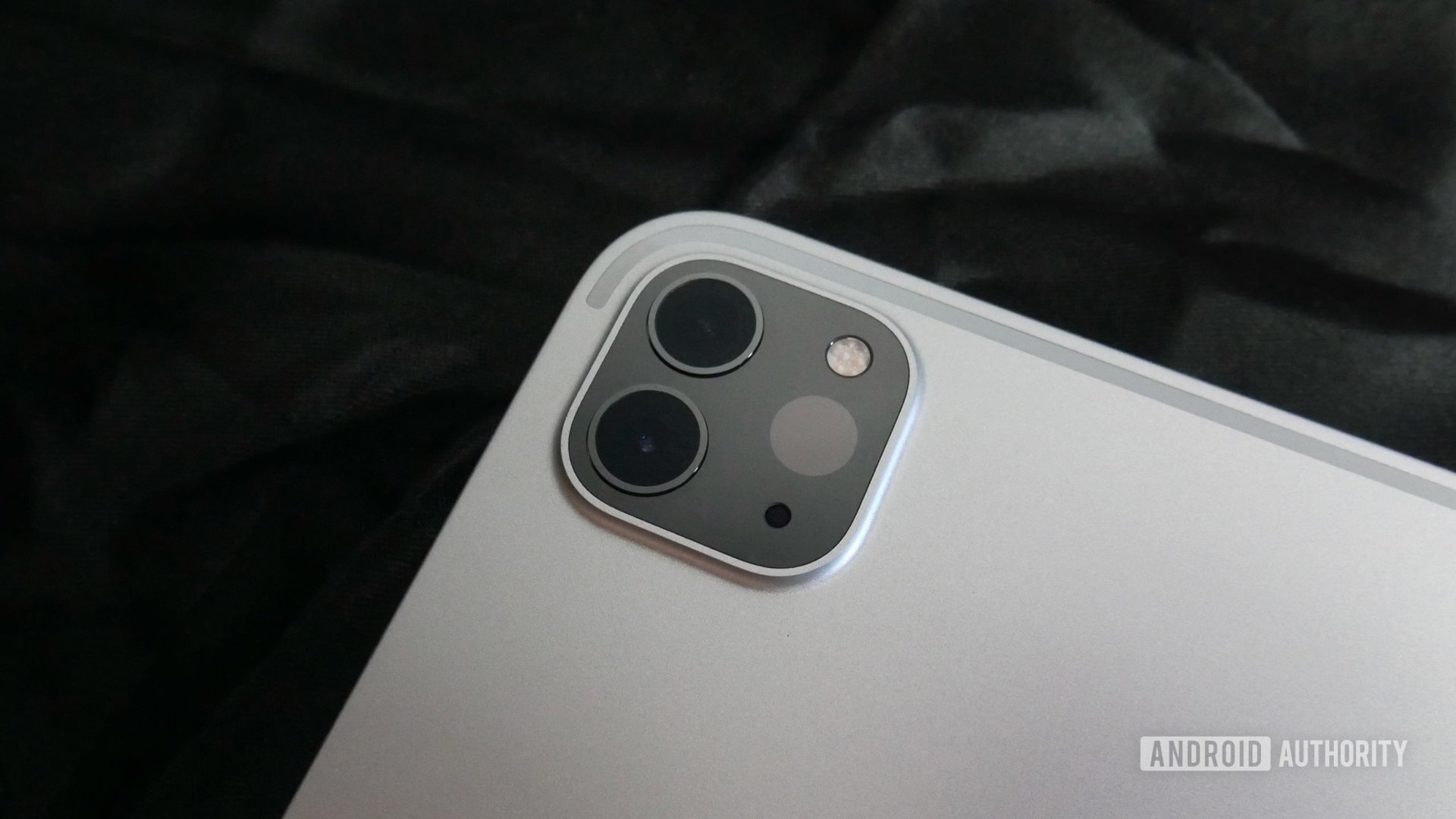
The rear of the iPad Pro (2024) lost the previous model’s ultrawide camera, but it isn’t a huge loss. However, it now looks like the weirdest camera cutout Apple has ever made with five different-sized circles. The main camera is still the same and still works well. It’s adequate for documents and video calls, but that is about it.
The front-facing camera is finally in the correct position down in the middle rather than the top, but it’s still the same as the M2 and M1 iPads. It’s still a huge improvement from the 2018 and even the 2020 iPad Pro camera just for the placement, though.
Apple iPad Pro (2024) vs iPad Pro (2022): Price and availability
iPad Pro (2024):
- Starts at $999 (256GB, 11-inch model)
- Starts at $1,299 (256GB, 13-inch model)
iPad Pro (2022):
- Starts at $799 (128GB, 11-inch model)
- Starts at $1,099 (128GB, 12.9-inch model)
The iPad Pro (2024) was officially launched on May 7, 2024, and started shipping to consumers a week later. The slate is now widely available across major retailers, including Apple.com. Pricing starts at $999 for the 256GB 11-inch model and $1,299 for the 256GB 13-inch device. Pricing runs up to $2,299 for the top-tier 2TB option.
The iPad Pro (2022) debuted on October 18, 2022, and went on sale a week later. It started at $799 — a full $200 cheaper than the new model, albeit with 128GB less storage. You could probably find it even cheaper now, so it may be worth considering if power isn’t paramount to you.
Apple iPad Pro (2024) vs iPad Pro (2022): Should you upgrade?
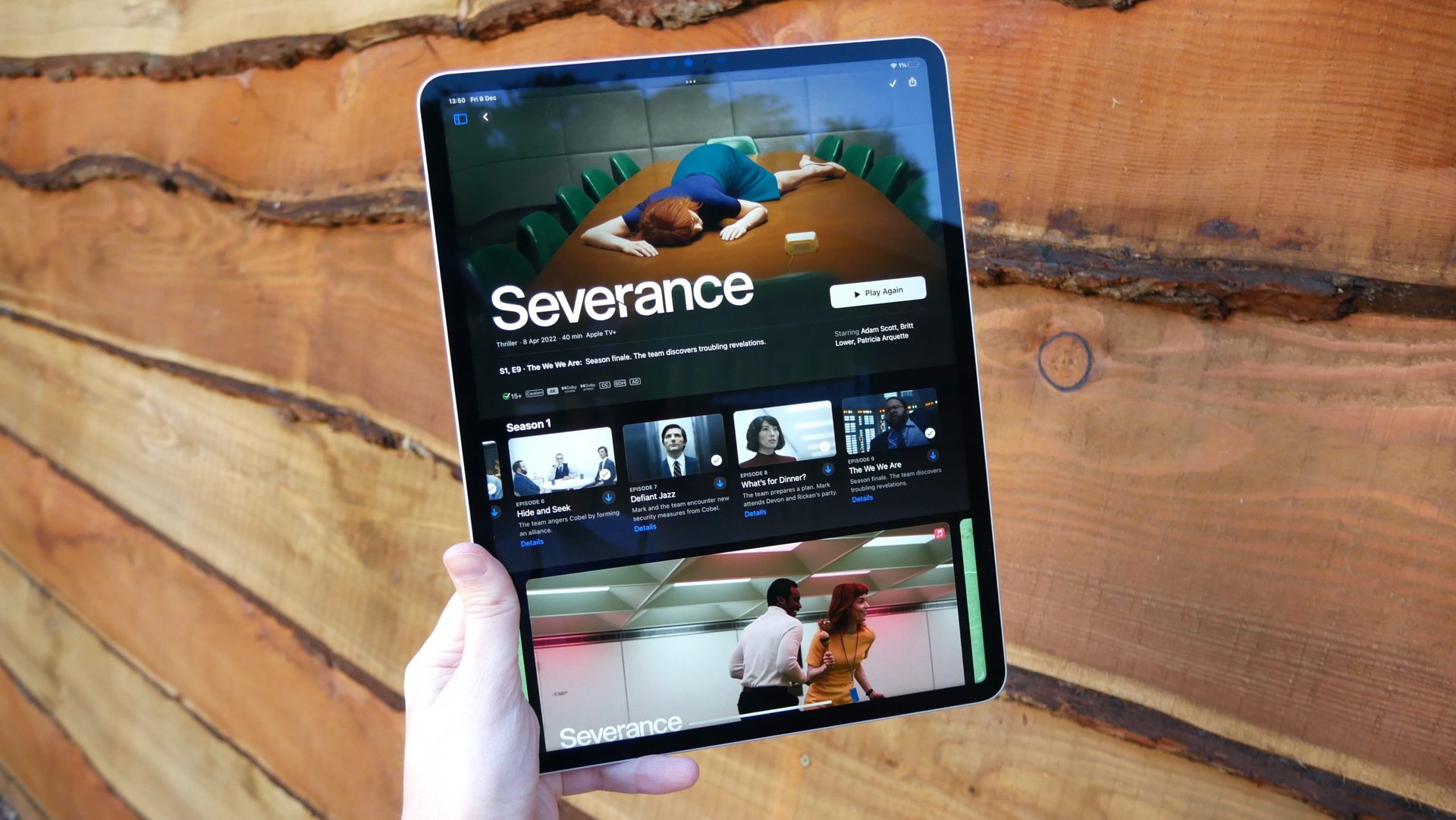
The iPad Pro (2024) is the best model in the range thus far. It includes a powerful chipset capable of onboard AI computations, a great display serving creators well, and a thin body that should massively increase its portability. However, all these pros (heh) demand a sizeable price increase over the 2022 model. Of course, when viewed as a whole, the new iPad Pro is an excellent investment if you plan to use the device to its fullest, but it isn’t if the 2022 model still serves you well.

Powerful M4 chip
Improved camera position

Powerful M4 chip
Improved camera position

iPadOS 16
Apple Pencil hover support